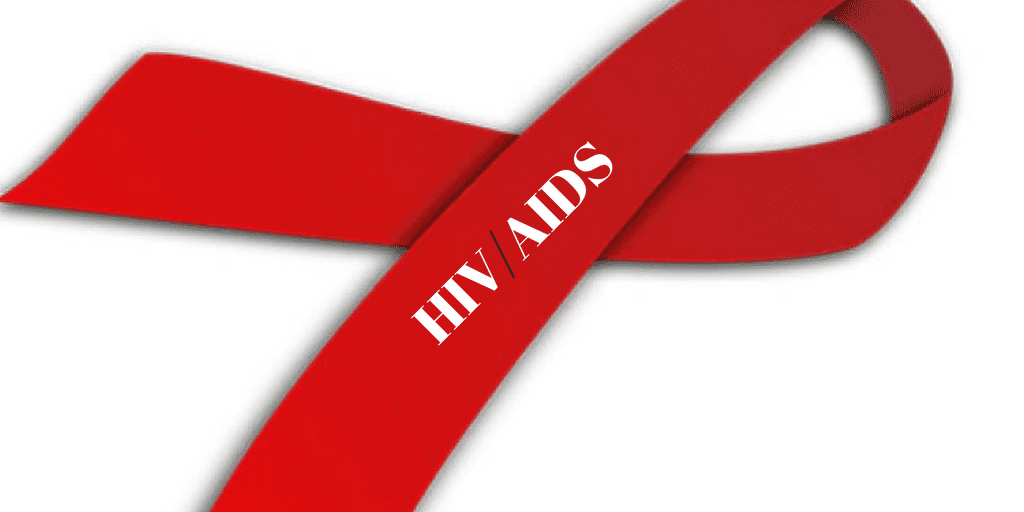Intervention to test for and treat HIV infection in Rwanda proved effective in raising viral suppression to very high levels, according to the results from new study that made available Thursday to APA in Kigali.
The study is a joint effort by the Government of Rwanda, the U.S. President’s Emergency Plan for AIDS Relief (PEPFAR), the U.S. Centers for Disease Control and Prevention (CDC), and ICAP at Columbia University.
The study entitled Rwanda Population-based HIV Impact Assessment (RPHIA) show that Rwanda has made tremendous progress by reaching or exceeding the UNAIDS 90–90–90 targets particularly among women and, nationally, by attaining 84–98–90 among adults.
It said the results will will inform the future direction of Rwanda’s efforts to reach epidemic control by closing identified gaps.
Although the HIV prevalence in the general population remains 3% among the general population in Rwanda, the new study indicates that Rwanda has already reached and exceeded the global 2020 HIV targets, and this is a testament to the Government of Government’s commitment to confronting its HIV epidemic
The 90-90-90 target is an ambitious global HIV program proposed by UNAIDS and adopted by high prevalence member countries.
It directs that by 2020, 90 percent of people living with HIV know their status, 90 percent of all people diagnosed HIV infection receive antiretroviral (ARV) medication and 90 percent on ARV have viral load suppression.
The new findings will help the government plan better HIV/AIDS-related activities concerning the disease as it affects development in different sectors, it said.
CU/abj/APA


